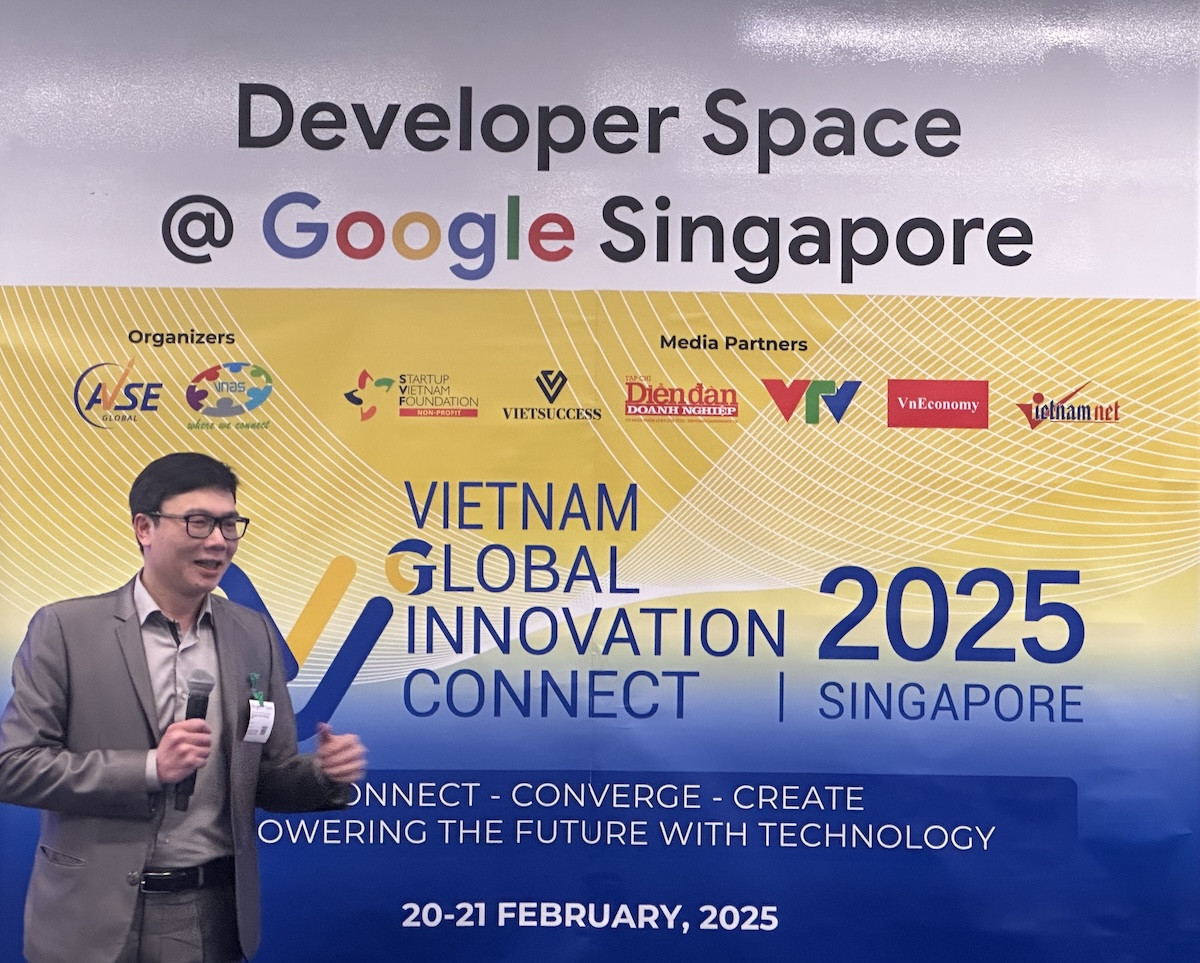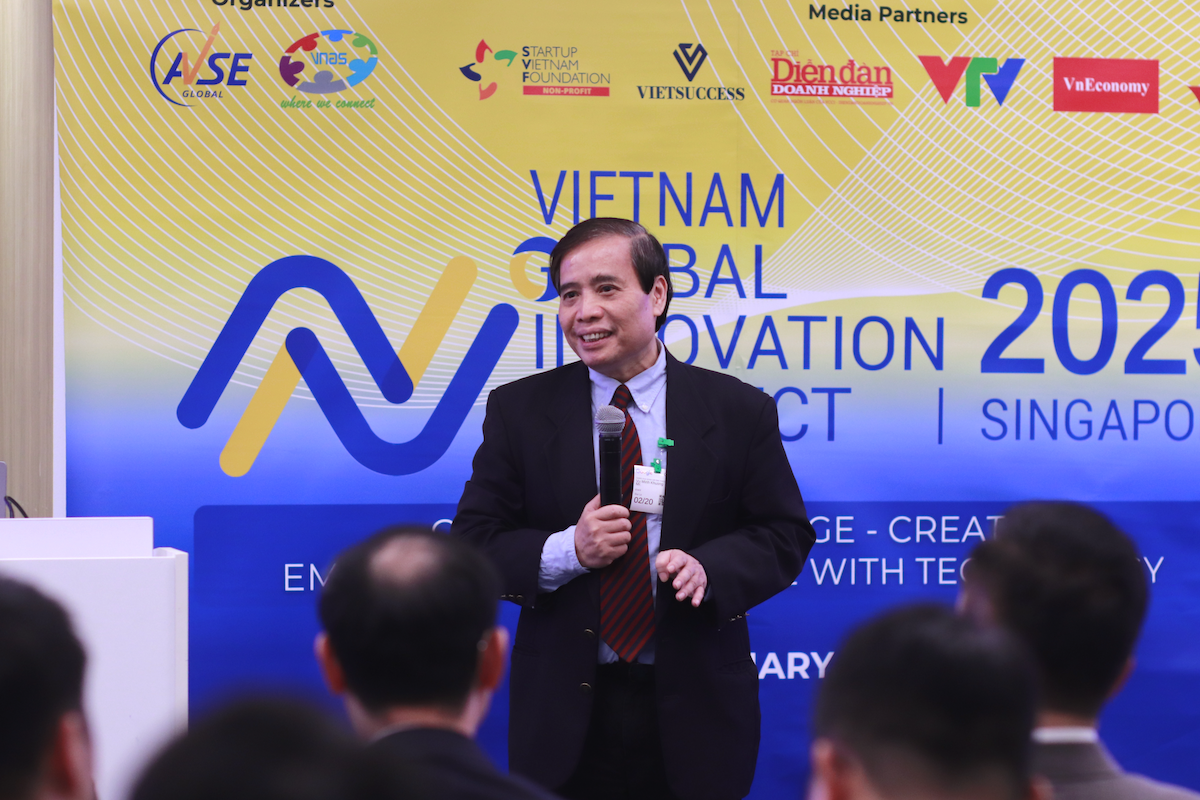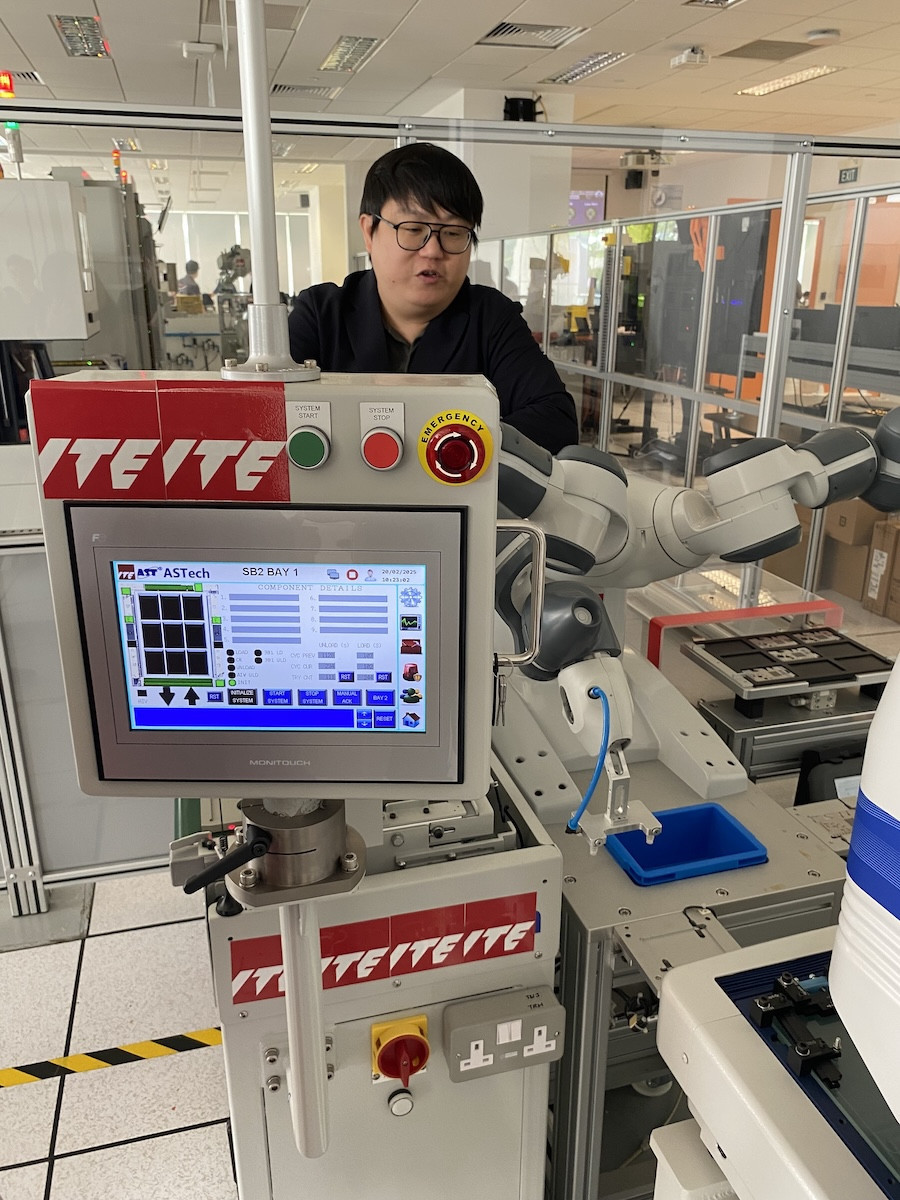With the goal of building a "smarter, more innovative, and more prosperous" Vietnam, the Global Vietnam Innovation Forum 2025 officially opened on February 20 at Google Asia-Pacific in Singapore.
The event gathered 100 outstanding Vietnamese and Vietnamese-origin innovators from 20 countries and territories.
Attendees included Vietnamese Ambassador to Singapore Tran Phuoc Anh, Professor Nguyen Duc Khuong, President of AVSE, and Associate Professor Vu Minh Khuong from the Lee Kuan Yew School of Public Policy.
Connectivity creates collective strength

In his opening remarks, Professor Nguyen Duc Khuong, President of AVSE Global, highlighted the importance of connectivity in innovation: "In an era of rapidly evolving technology, it is essential to connect and harness collective intelligence to generate shared strength and create value for Vietnam."
The core discussions of the Global Vietnam Innovation Forum 2025 (VGIC 2025) revolved around three main topics: artificial intelligence (AI), semiconductors, and financial technology (fintech). According to Professor Nguyen Duc Khuong, these fields represent Vietnam's key growth drivers in the future.
Ambassador Tran Phuoc Anh reiterated that only by leveraging innovation and scientific and technological advancements can Vietnam progress alongside the world. He emphasized that innovation "requires boldness, big dreams, and an unconventional mindset."
The ambassador also noted that the forum took place at a time when Vietnam-Singapore relations are stronger and more comprehensive than ever, spanning various sectors from culture to investment. The event underscored the growth of the two nations' strategic partnership, which is expected to reach new heights in the coming years.

During the forum, Associate Professor Vu Minh Khuong of the Lee Kuan Yew School of Public Policy at the National University of Singapore shared insights from Singapore's development journey. He highlighted how the island nation transformed from a mere trading port into a global innovation hub, serving as a model for many countries.
Singapore has embedded innovation into its core development strategy through a structured and comprehensive approach. It has effectively adopted the principle of "standing on the shoulders of giants" by selectively integrating global best practices, from subway systems to educational innovations.
Given its limited natural resources and small land area, Singapore has turned challenges into opportunities, prioritizing education and human capital development. Urban planning has also become increasingly crucial due to the country's spatial constraints.
Associate Professor Vu Minh Khuong also emphasized Singapore's focus on "national survival and the drive to rise above challenges," built on a foundation of connectivity, unity, and a distinctively different way of thinking instilled in younger generations.
Training a tech workforce through real-world challenges

According to the Vietnamese Ambassador to Singapore, only through innovation and advancements in science and technology can Vietnam catch up with and develop alongside the rest of the world.
He emphasized that innovation "requires boldness, big dreams, and a mindset that breaks away from conventional frameworks."
On the morning of February 20, on the sidelines of the Global Vietnam Innovation Forum 2025, participants visited the Institute of Technical Education (ITE) in Singapore.
According to Lim Boon Tiong, the institute's Chief Operating Officer, ITE is one of Singapore’s leading educational institutions, supplying a high-quality workforce to local businesses and multinational corporations.
ITE’s training programs are designed around practical, real-world challenges, such as assembling coffee machines and developing smart water-saving toilets. To ensure students quickly adapt to technology, ITE has established advanced laboratories equipped with state-of-the-art industry tools. Students first engage with virtual reality (VR) simulations before moving on to hands-on experience in physical labs.
Singapore's education institutions prioritize aligning their curricula with the needs of employers. ITE frequently collaborates with businesses, particularly technology companies, to understand their challenges and requirements, then adjusts training content accordingly. Outstanding students are regularly sent to work with industry firms to gain experience and assist in solving specialized technical problems.

